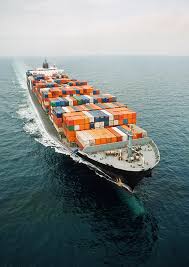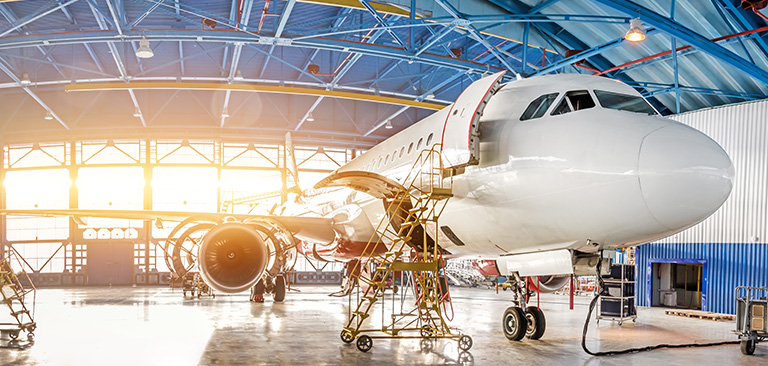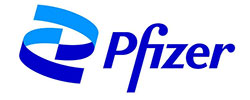MARKET OVERVIEW:
Global Airborne SATCOM System market is estimated to reach $9,514.5 Million by 2031; growing at a CAGR of 6.8% from 2023 to 2030.
The Airborne SATCOM System Market is a crucial part of global communication, ensuring that aircraft remain connected wherever they are. This market is driven by the need for innovation due to global connectivity demands and technological advancements. Airborne SATCOM systems are essential for both civilian and military sectors, providing secure and high bandwidth communication links for voice, data, and video transmission.
The market is vital for modern aviation and defense operations, as it offers reliable and secure communication capabilities in flight. As the world becomes more interconnected, the importance of the Airborne SATCOM System Market will continue to grow, making it a key component in the global communication landscape.

GROWTH FACTORS
The Airborne SATCOM System market is experiencing growth due to the rising need for real-time data and communication services in the aviation industry. These systems are crucial for aircraft maintenance, operations, passenger experience, and safety. The market is driven by the adoption of connected aircraft and IoT technologies, as well as the increasing use of unmanned aerial vehicles (UAVs) and drones.
Advantages of Airborne SATCOM Systems include improving passenger experience, streamlining flight operations, and enhancing safety measures. However, challenges such as high implementation and maintenance costs, regulatory obstacles, and limited spectrum allocation exist. Despite these challenges, opportunities in satellite technology advancements and LEO constellations offer potential for enhanced airborne SATCOM services.
Regulatory bodies are mandating reliable communication systems for UAVs, further driving the market for Airborne SATCOM Systems. The market's growth is hindered by the high costs associated with these systems, certification processes, and limited spectrum availability. However, as technology advances, the market holds promise for improved data rates, reduced latency, and enhanced reliability for applications in in-flight entertainment, passenger experiences, and military operations.
In summary, the Airborne SATCOM System market is essential in modern aviation, fueled by the demand for real-time data and communication services. Despite challenges, advancements in technology and the potential for enhanced services offer promising opportunities for growth in this market.
MARKET SEGMENTATION
By Type
The Airborne SATCOM System Market comprises several key components that are essential for its operation. These include SATCOM Terminals, Transceivers, Airborne Radios, Modems and Routers, SATCOM Radomes, and other miscellaneous accessories. SATCOM Terminals are crucial for communication access in the airborne environment, while Transceivers serve as the core of the system by enabling data flow between the aircraft and satellites.
Airborne Radios ensure secure communication within the aircraft and with external entities, while Modems and Routers manage data traffic efficiently. SATCOM Radomes protect equipment from external factors to maintain functionality. The market's "Other" segment includes additional components that contribute to overall performance. Understanding these segments is vital for grasping the complex ecosystem of the Airborne SATCOM System Market, which plays a significant role in facilitating communication in the skies.

By Application
The Airborne SATCOM System market is divided into two main segments: Government and Defense, and Commercial. The Government and Defense segment had a market value of 3568. 7 USD Million in 2022, used for military communications, surveillance, disaster management, and border security. The Commercial segment, valued at 1778. 6 USD Million, is utilized in industries like aviation, maritime, telecommunications, and various enterprises. Commercial airlines use SATCOM for in-flight connectivity and safety, while shipping companies use it for vessel tracking and communication.
These segments showcase the versatility of the Airborne SATCOM System market, with government and defense focused on security applications, and the commercial sector covering a wide range of industries. Both segments contribute to the growth and vitality of the market, emphasizing the importance of Airborne SATCOM Systems in our interconnected world.
REGIONAL ANALYSIS
The global Airborne SATCOM System market is diverse and segmented geographically. North America has a market value of 2241. 5 USD Million in 2018, driven by its strong aerospace and defense sector. Europe, with a market value of 1259. 5 USD Million, also plays a significant role due to its thriving aviation industry and military applications. Both regions are key players in the global market, with their demand for SATCOM systems impacting the overall landscape.
The interconnected nature of the market highlights the importance of satellite communication worldwide. North America and Europe's advanced sectors and continuous demand for communication systems solidify their positions as influential players in the Airborne SATCOM System market. As satellite communication becomes increasingly essential, these regions will continue to play crucial roles in the growth and development of the market.

KEY INDUSTRY PLAYERS
The Airborne SATCOM System is a vital technology in the communication landscape for aviation. Companies like L3Harris Technologies, Inc. and Thales Group are major players in this industry, shaping its growth and development. L3Harris brings expertise in aerospace and defense to create secure communication solutions for aircraft. Thales Group, with a global presence, focuses on advanced technology to meet aviation's unique needs. Their contributions highlight the importance of the Airborne SATCOM System in enhancing communication in aviation.
These key players drive innovation in communication solutions for aircraft, enhancing safety and efficiency in the industry. Overall, the Airborne SATCOM System is crucial for staying connected in aviation, improving operational capabilities, and ensuring safety in the skies.
REPORT SCOPE AND SEGMENTATION
|
Attributes |
Details |
|
Market Size By 2031 |
USD 9,514.5 Million |
|
Growth Rate |
CAGR of 6.8% |
|
Forecast period |
2024 - 2031 |
|
Report Pages |
250+ |
|
By Type |
|
|
By Application |
|
|
By Region |
|
|
Key Market Players |
|



_page-000150.jpg)
_page-000151.jpg)
_page-00015.jpg)











 APAC:+91 7666513636
APAC:+91 7666513636





